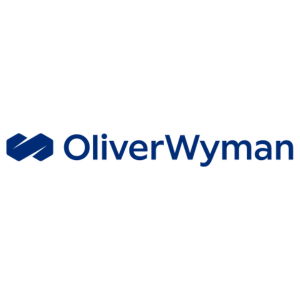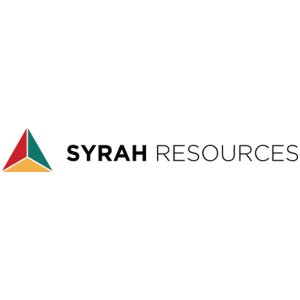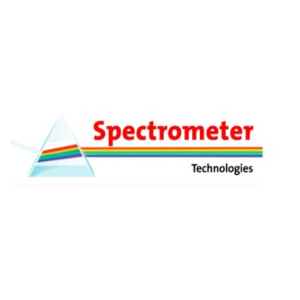Ivanhoe Mines' Kipushi Project Poised as Industry Leader in Low-Carbon Zinc Production for 2025, Boosted by High-Grade Ore and Clean Energy
In its financial results for the three and nine months ended September 30, 2024, Ivanhoe Mines has stated its Kipushi operation will be the lowest greenhouse gas emitter per tonne of zinc produced.
On a Scope 1 and 2 basis, Kipushi’s GHG emissions intensity for 2025 is expected to be 0.019 equivalent t of carbon dioxide per t of contained zinc produced (t CO2-e / t Zn).
This comfortably ranks Kipushi near the bottom of the Scope 1 and 2 GHG emissions curve. This is partially due to the ultra-high-grade Big Zinc orebody, which has an average head grade of over 36% zinc over the first five years of operation. The Kipushi head grade is more than 6.5 times higher than the average head grade of the top 20 zinc mining operations in 2023.
A high head grade means significantly less rock is mined, hauled and milled for the same t of zinc produced. The total peak power required by the mining and milling operation is only 23 MW. The low carbon emissions intensity is also a function of the DRC grid being among the world’s cleanest, with 99.5% of grid power generated from hydroelectricity, according to the U.S. Energy Information Administration.
During the latter part of September and into October, the Kipushi concentrator regularly operated close to its nameplate throughput of over 80 tph (800,000 tpa). Over a 24-hour period after quarter-end, the Kipushi concentrator milled 2,108 t of ore, producing 1,357 t of zinc concentrate at a concentrate grade of 52% contained zinc.
This is equivalent to an annualized zinc production of approximately 220,000 t of zinc, after accounting for availability. However, the operational disruptions have inhibited the nameplate throughput from being sustained on a consistent basis. While the Kipushi concentrator’s metallurgical recoveries improved to over 90% in the latter half of September, targeting a design rate of approximately 95%, a work program is underway to separate the ore fines upstream of the DMS, as well as conduct electrical upgrades to improve the synchronisation with the grid.
The Kipushi concentrator’s nameplate milling rate is expected to be achieved in Q1 2025. As a result, the full-year production guidance range for Kipushi has been reduced from 100,000 – 140,000 t of zinc in concentrate, to 50,000 – 70,000 t of zinc in concentrate.
Engineering and procurement of long-lead order equipment items are well underway for the Kipushi debottlenecking program. The debottlenecking of the Kipushi concentrator is targeting a 20% increase in concentrator processing capacity to 960,000 tpa.
The debottlenecking program is expected to be completed in Q3 2025. There is sufficient capacity to increase mining and hoisting rates to sustainably support this increased concentrator throughput.
As of September 30, 2024, a total of 360,000 t of ore at an average grade of 23% zinc is stored in surface ROM stockpiles adjacent to the Kipushi concentrator. This includes a high-grade section of 150,000 tonnes of ore at an average grade of 30% zinc. Underground development continues to progress ahead of schedule. Year to date, over 3,000 m of underground development have been completed, approximately 100 m ahead of schedule.
Western Foreland exploration
Ivanhoe continues its expansive copper exploration program on its Western Foreland licenses adjacent to Kamoa-Kakula. Diamond drilling during the third quarter of 2024 focused on Makoko West, Kitoko, Sakanama, and Lubudi. Nine drill rigs were in operation across the Western Foreland at quarter end, completing over 23,409 metres of diamond-core drilling, bringing the total to over 63,000 metres completed year-to-date, out of a total 70,000 metres planned.
Positive results from drilling around Makoko and Makoko West led to the addition of three new, adjacent exploration licences, totalling 336 km2, to the Western Foreland package in Q3 2024. Two new rigs were also deployed to the newly acquired licence area after quarter-end.
Financials
Ivanhoe Mines recorded a profit of $108 million for Q3 2024 compared with a profit of $108 million for Q3 2023. Ivanhoe Mines’ normalized profit for Q3 2024 was $112 million, compared with a normalized profit of $95 million for Q3 2023.
Image: Kipushi’s mine surveying crew, led by Tshibamba-Lole Flory, flying a drone into a mined-out stope of the ultra-high grade Big Zinc orebody to measure the excavation. Supplied – Ivanhoe Mines
On a Scope 1 and 2 basis, Kipushi’s GHG emissions intensity for 2025 is expected to be 0.019 equivalent t of carbon dioxide per t of contained zinc produced (t CO2-e / t Zn).
This comfortably ranks Kipushi near the bottom of the Scope 1 and 2 GHG emissions curve. This is partially due to the ultra-high-grade Big Zinc orebody, which has an average head grade of over 36% zinc over the first five years of operation. The Kipushi head grade is more than 6.5 times higher than the average head grade of the top 20 zinc mining operations in 2023.
A high head grade means significantly less rock is mined, hauled and milled for the same t of zinc produced. The total peak power required by the mining and milling operation is only 23 MW. The low carbon emissions intensity is also a function of the DRC grid being among the world’s cleanest, with 99.5% of grid power generated from hydroelectricity, according to the U.S. Energy Information Administration.
During the latter part of September and into October, the Kipushi concentrator regularly operated close to its nameplate throughput of over 80 tph (800,000 tpa). Over a 24-hour period after quarter-end, the Kipushi concentrator milled 2,108 t of ore, producing 1,357 t of zinc concentrate at a concentrate grade of 52% contained zinc.
This is equivalent to an annualized zinc production of approximately 220,000 t of zinc, after accounting for availability. However, the operational disruptions have inhibited the nameplate throughput from being sustained on a consistent basis. While the Kipushi concentrator’s metallurgical recoveries improved to over 90% in the latter half of September, targeting a design rate of approximately 95%, a work program is underway to separate the ore fines upstream of the DMS, as well as conduct electrical upgrades to improve the synchronisation with the grid.
The Kipushi concentrator’s nameplate milling rate is expected to be achieved in Q1 2025. As a result, the full-year production guidance range for Kipushi has been reduced from 100,000 – 140,000 t of zinc in concentrate, to 50,000 – 70,000 t of zinc in concentrate.
Engineering and procurement of long-lead order equipment items are well underway for the Kipushi debottlenecking program. The debottlenecking of the Kipushi concentrator is targeting a 20% increase in concentrator processing capacity to 960,000 tpa.
The debottlenecking program is expected to be completed in Q3 2025. There is sufficient capacity to increase mining and hoisting rates to sustainably support this increased concentrator throughput.
As of September 30, 2024, a total of 360,000 t of ore at an average grade of 23% zinc is stored in surface ROM stockpiles adjacent to the Kipushi concentrator. This includes a high-grade section of 150,000 tonnes of ore at an average grade of 30% zinc. Underground development continues to progress ahead of schedule. Year to date, over 3,000 m of underground development have been completed, approximately 100 m ahead of schedule.
Western Foreland exploration
Ivanhoe continues its expansive copper exploration program on its Western Foreland licenses adjacent to Kamoa-Kakula. Diamond drilling during the third quarter of 2024 focused on Makoko West, Kitoko, Sakanama, and Lubudi. Nine drill rigs were in operation across the Western Foreland at quarter end, completing over 23,409 metres of diamond-core drilling, bringing the total to over 63,000 metres completed year-to-date, out of a total 70,000 metres planned.
Positive results from drilling around Makoko and Makoko West led to the addition of three new, adjacent exploration licences, totalling 336 km2, to the Western Foreland package in Q3 2024. Two new rigs were also deployed to the newly acquired licence area after quarter-end.
Financials
Ivanhoe Mines recorded a profit of $108 million for Q3 2024 compared with a profit of $108 million for Q3 2023. Ivanhoe Mines’ normalized profit for Q3 2024 was $112 million, compared with a normalized profit of $95 million for Q3 2023.
Image: Kipushi’s mine surveying crew, led by Tshibamba-Lole Flory, flying a drone into a mined-out stope of the ultra-high grade Big Zinc orebody to measure the excavation. Supplied – Ivanhoe Mines

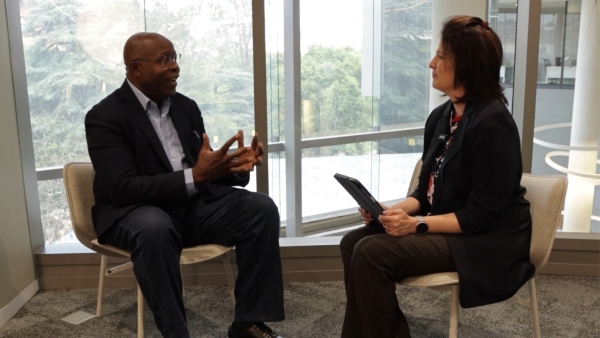
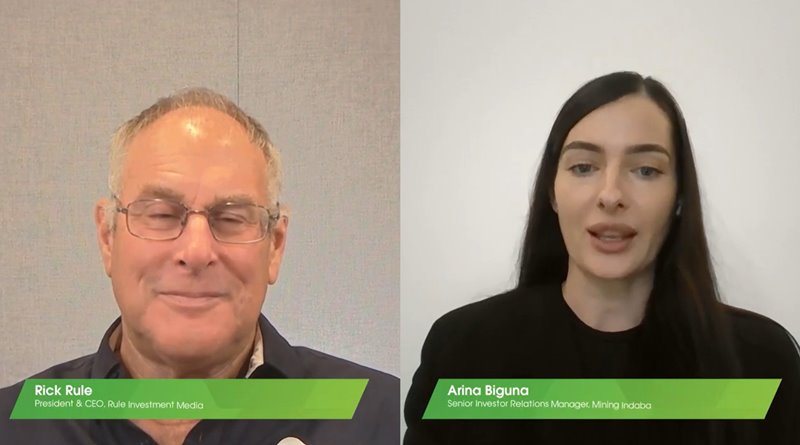
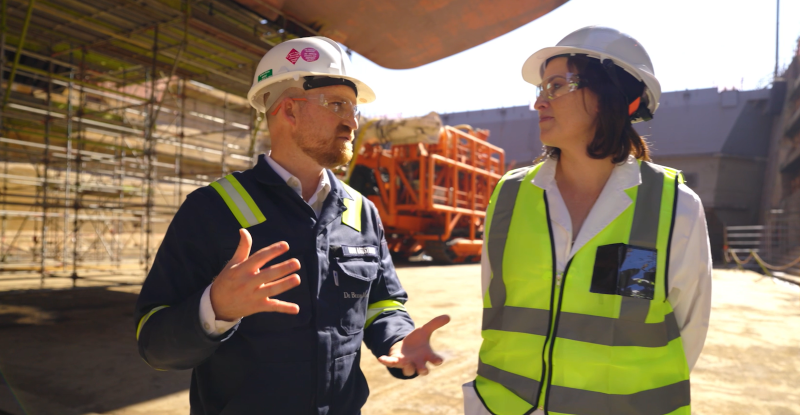

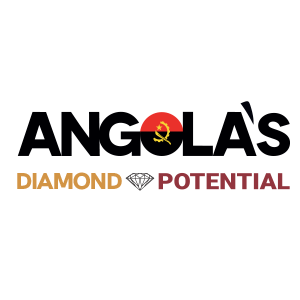

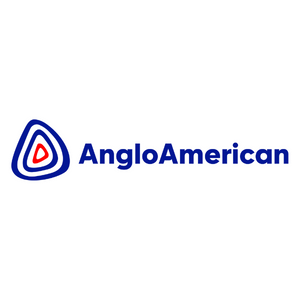
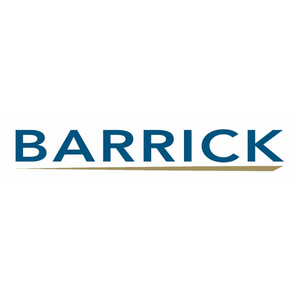
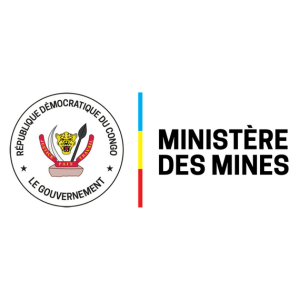
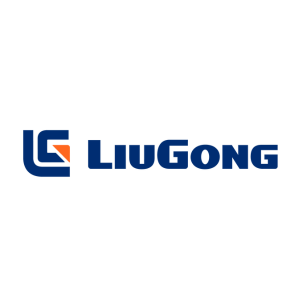


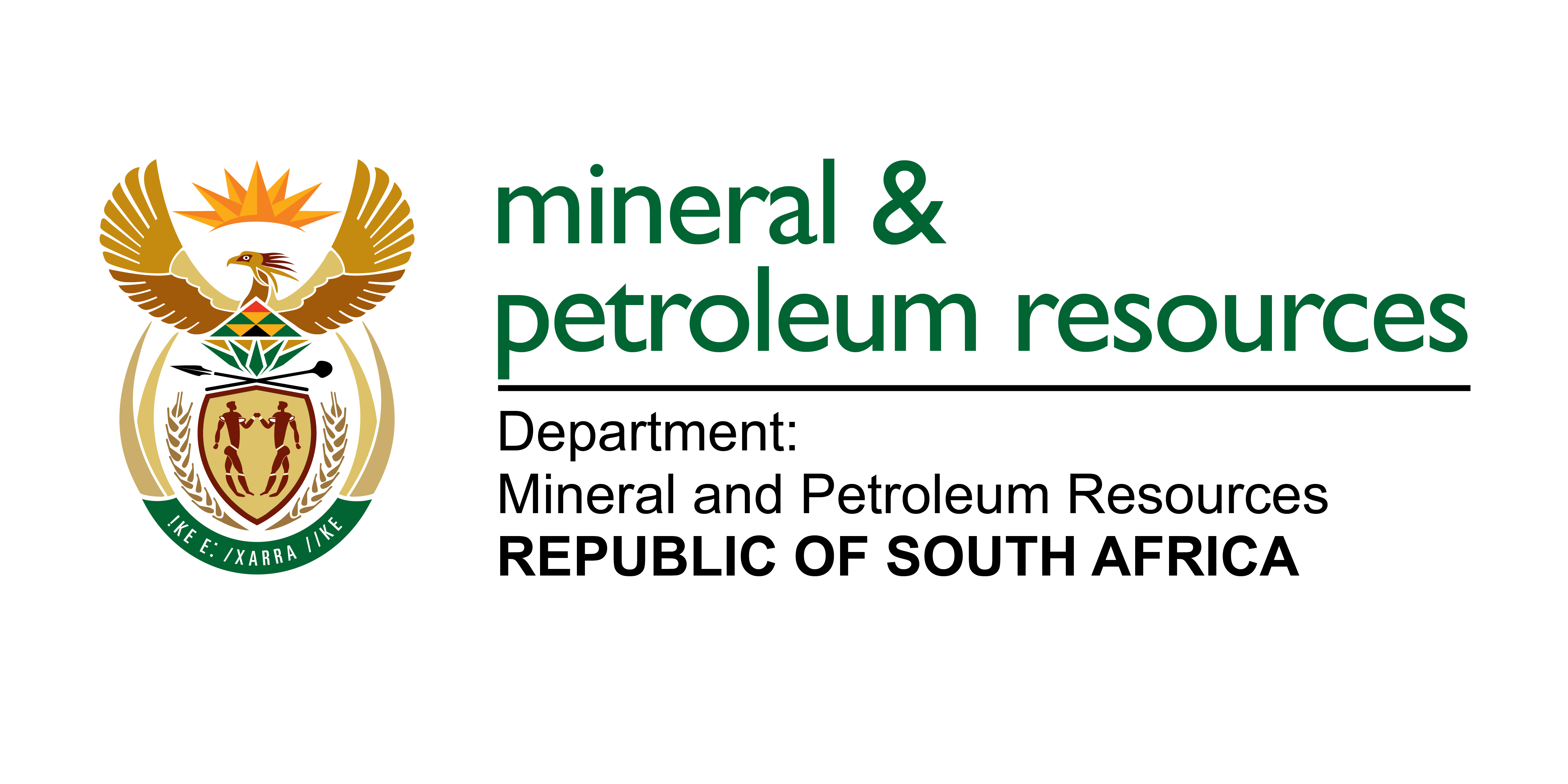-Logo_CMYK_1.jpg?width=1000&height=500&ext=.jpg)


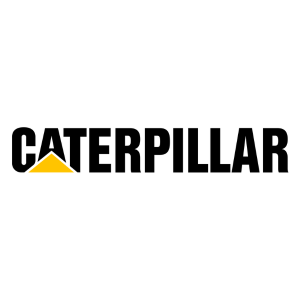
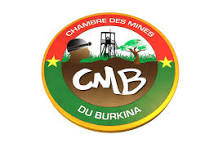
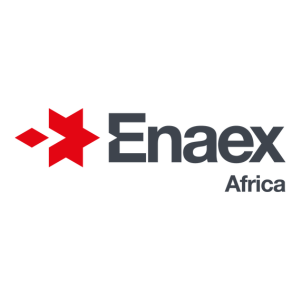

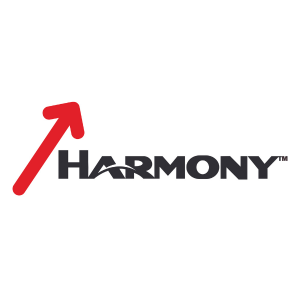
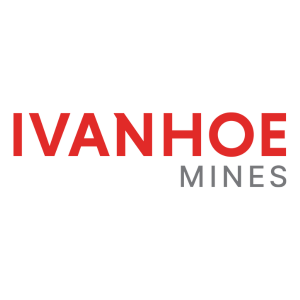
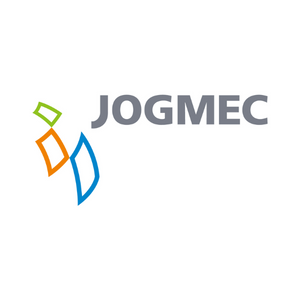
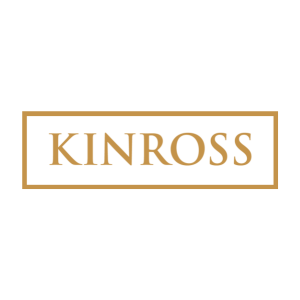
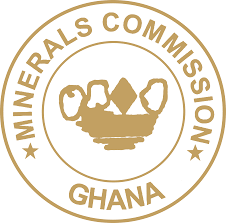
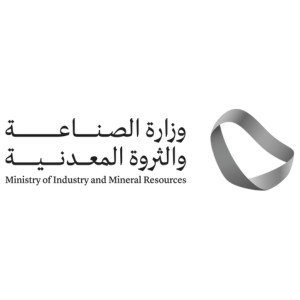
_mi25-weblogo.png?ext=.png)
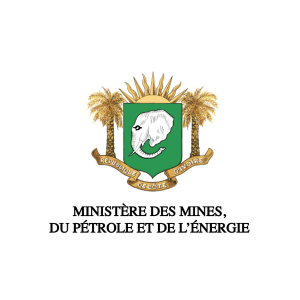
_1.png?ext=.png)
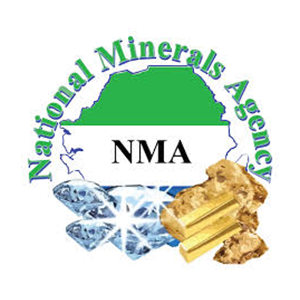
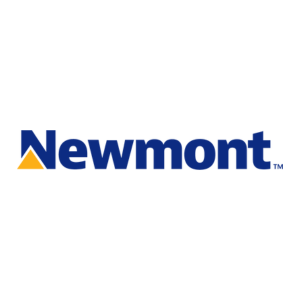
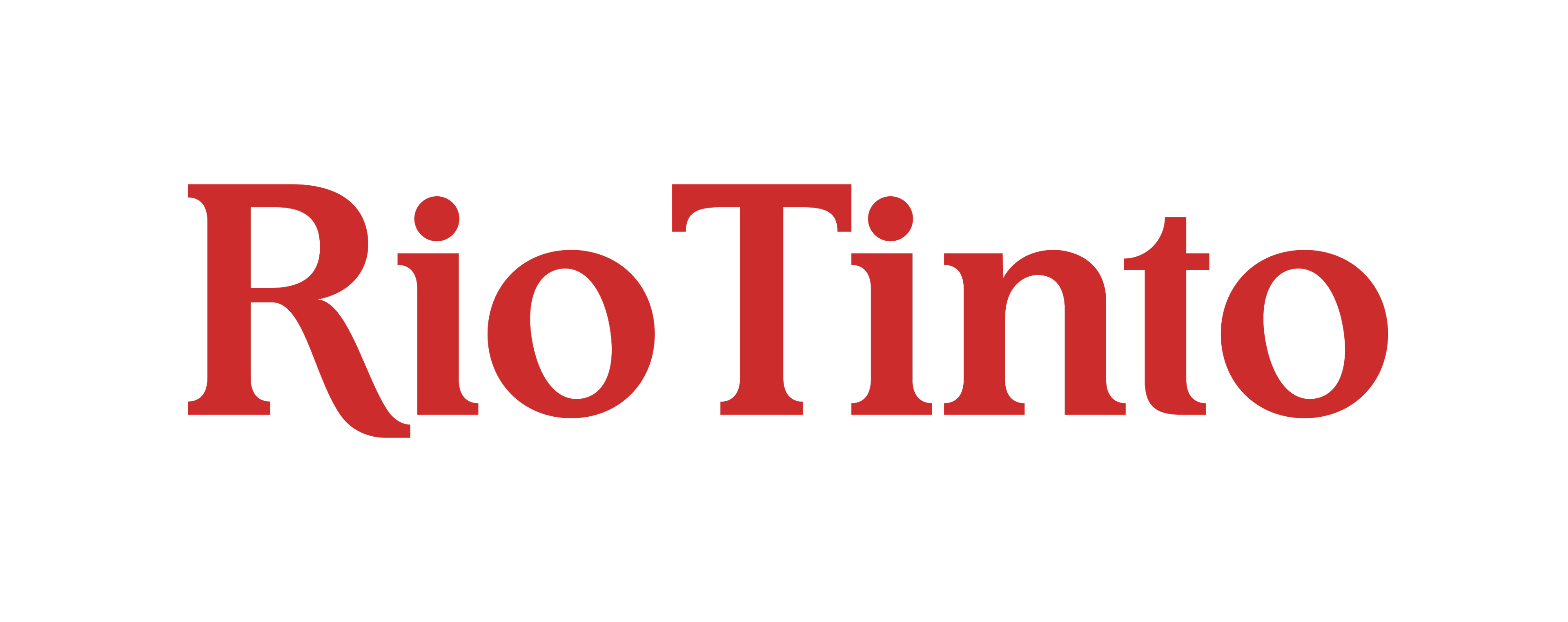

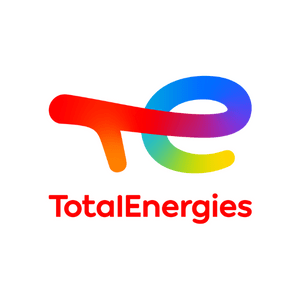




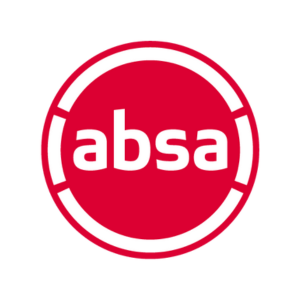
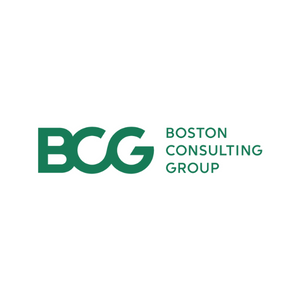

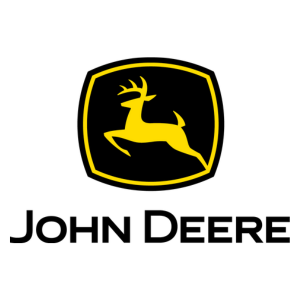
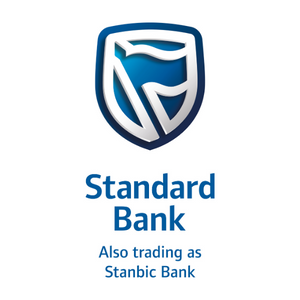


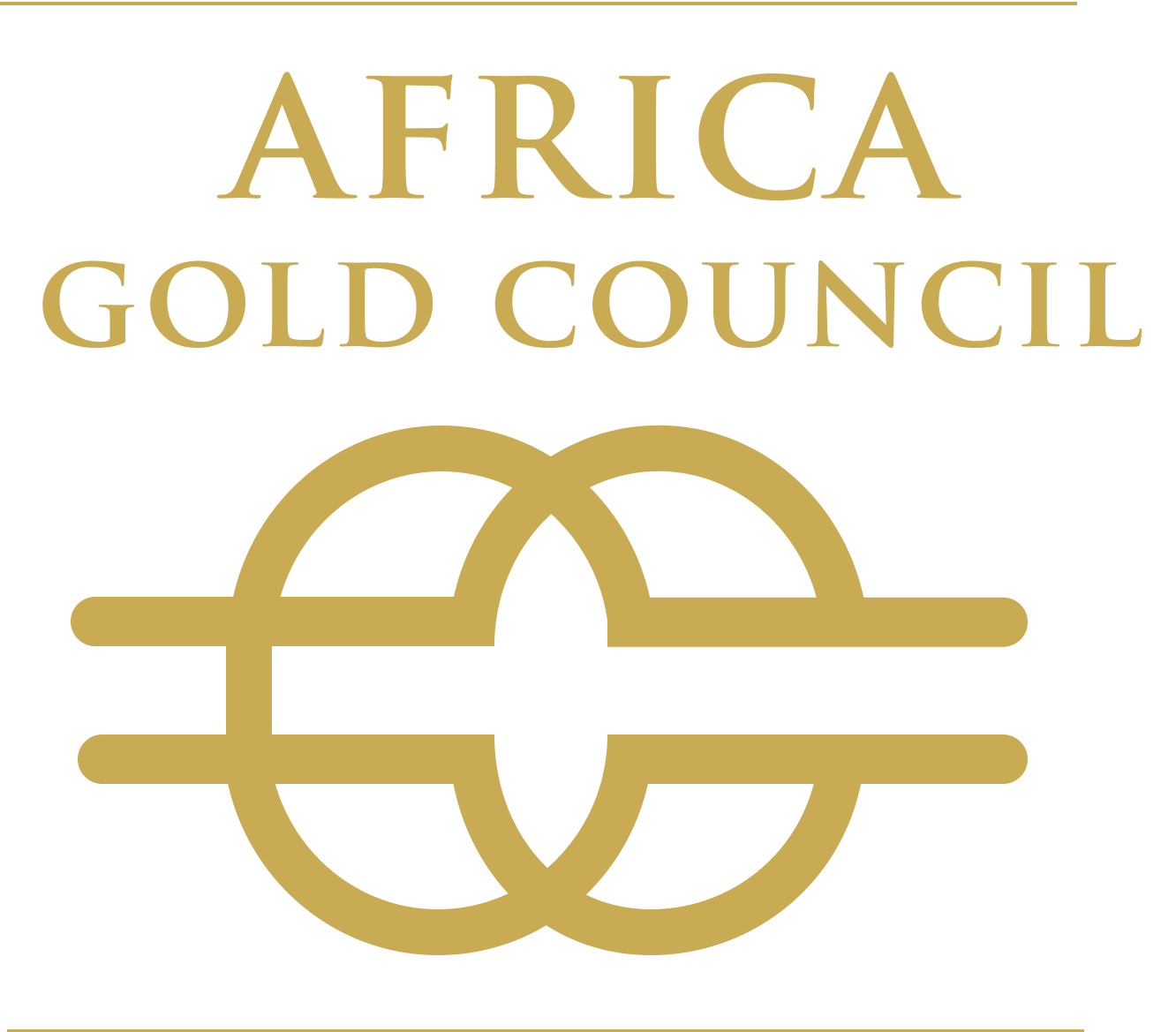
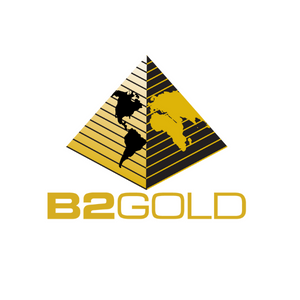
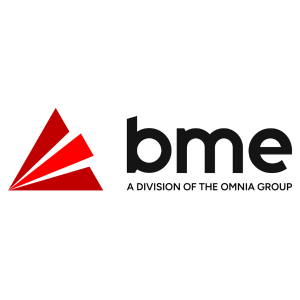


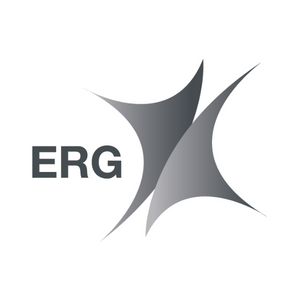


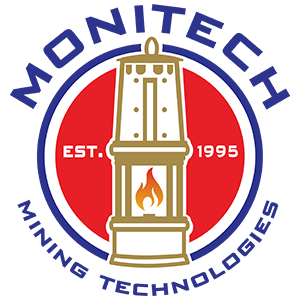

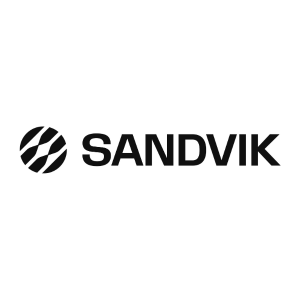


_mi25-weblogo.png?ext=.png)
